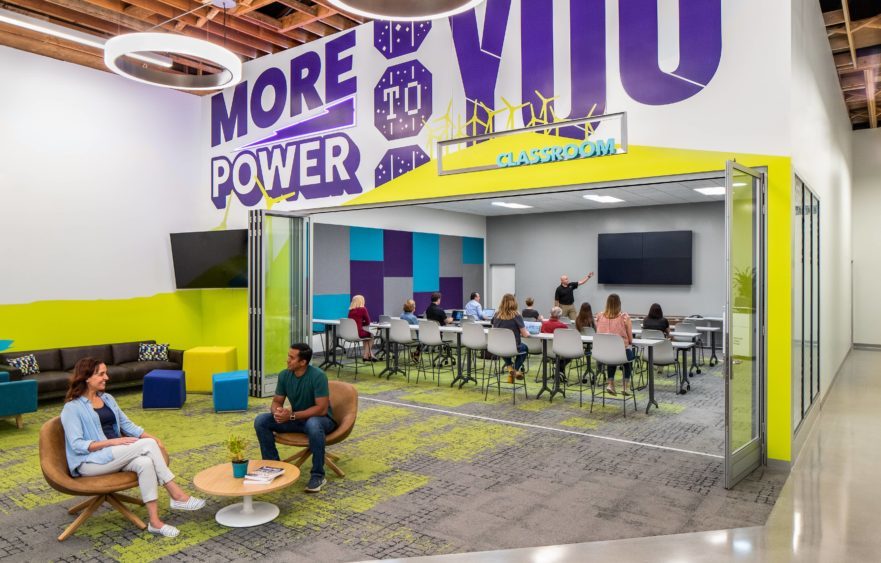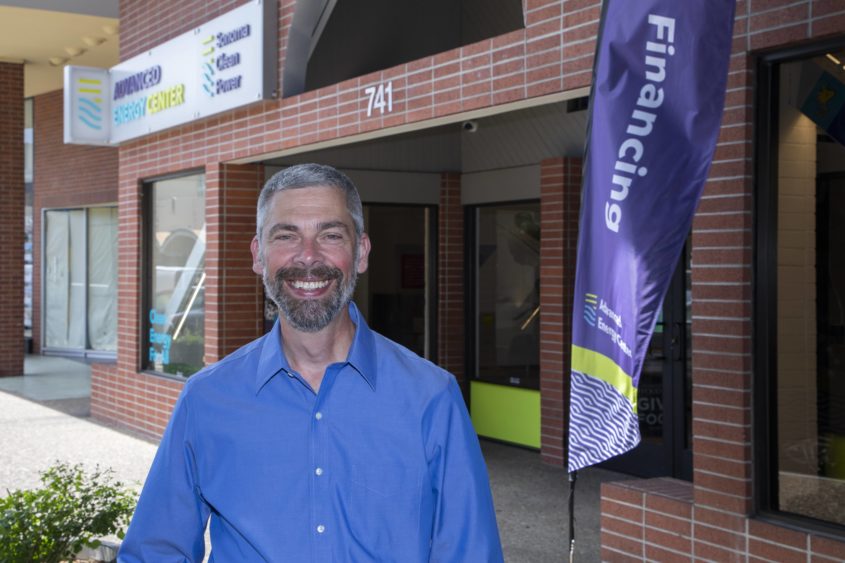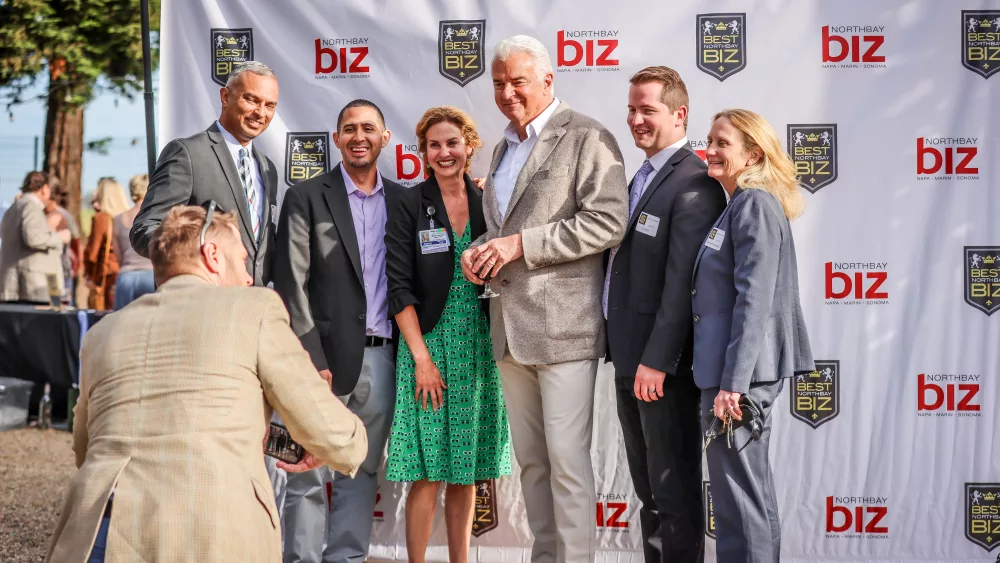
“Our employees come to work every day knowing that what they do matters.”—Geof Syphers, CEO, Sonoma Clean Power
Sonoma Clean Power (SCP) is a public community organization with a small staff and a big goal. They are working to solve the climate crisis—at the local level—and are actually showing measurable results. “We single handedly cut Sonoma and Mendocino’s total greenhouse gas emissions by 9% by eliminating nearly all of the emissions from producing electricity,” says CEO Geof Syphers.
Given the scope and complexity of the energy problem, this is impressive. How do they do it? “When things don’t work, we stop doing them,” says Syphers. “And when things work, we double down and invest more.” Simple? Maybe. But given human nature, probably not. So, how does Sonoma Clean Power really do it?
First, it’s the company’s mission. “Our employees come to work every day knowing that what they do matters,” he says. Then, it’s the method. He calls it “working the problem backwards.” With everybody motivated, onboard, and willing to learn, they study their goals in terms of the future. “So, we’re trying to solve the climate crisis,” he explains. “And so, what does a successful solution look like in the year 2050? And then what would we need to achieve by 2040 to reach that? And then, what about 2035 and then 2030? You work the problem backward. And what happens is you discover the important problems you need to solve now.”

Syphers is acutely conscious that all people have economic realities and incentives are a huge part of its program. “We always have something extra,” he says. “For low-income people, it might be extra support. It might be extra money. It might be lower-cost financing. It might be just what you want. Their “EverGreen” plan, for example brings 100% locally made renewable power day and night. “It’s the first service of its kind in the U.S., producing renewable energy, 24 hours a day.”
As a community business devoted to community benefit, he listens to everyone—even children. Recently Syphers spoke with students at Sonoma Country Day School and brought a set of problems to the third-grade class. “And they would generate all kinds of new ideas,” he says with delight, admiring the openness of the students to come up with ideas. What he found was that third and fifth grade students were open to learning, and were solution-oriented. “They’re so creative,” he adds. “Science isn’t knowing you’re right,” he says. “Science is trying something, figuring out how to be more right. And I think that’s a lot of what we’re doing.”
[Lead photo courtesy of Sonoma Clean Power]



